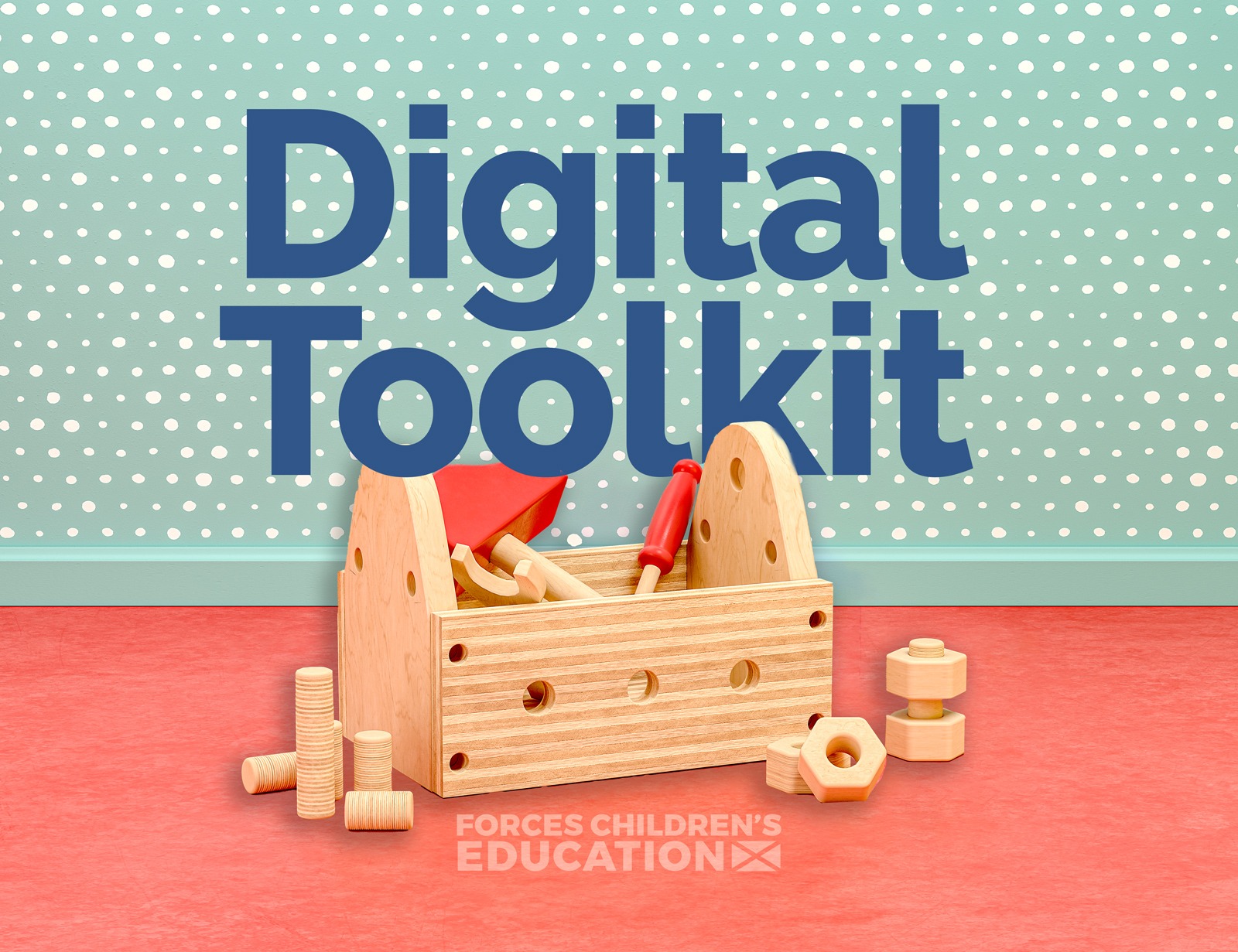Microsoft Translator is tool that can process up to 140 languages and helps people of different languages interact with one another. Interpreters, especially in the education system, can be a little harder to come by and there's only so many on hand at a time. It's important that schools have the technologies, like Microsoft Translator, to ensure good communication is given to everyone. Communication is the way we all learn and gain knowledge; communication is the key to success. Microsoft Translator opens that door for good communication on all levels of languages.
Russell White, a principal at Chinook Middle School in Washington, had a translation issue one night at an event and it changed his outlook as a principal and overall as an educator and leader. A mother had came into the coffee chat and was looking for her designated area as a Russian woman so she could understand other languages that people spoke around her using an interpreter. Unfortunately, there was no Russian interpreter so the woman only made it halfway through the event and left due to the language barrier. Russel, disappointed by this, made sure an issue like this never came about again. He used Microsoft Translator for future events and had all the parents download the app on their phones so everything he was saying would be translated in the language used by each individual parent. This helped break language barriers and create healthy communication and inclusiveness for all involved.
Overall, Microsoft Translator is such an important tool to have. Diversity is growing in the world where meeting people who speak a different language becomes more and more frequent. Language is a beautiful gift to be able to speak and communicate with others and to be able to understand people who speak different languages is a great way to have a gift that keeps on giving.
























